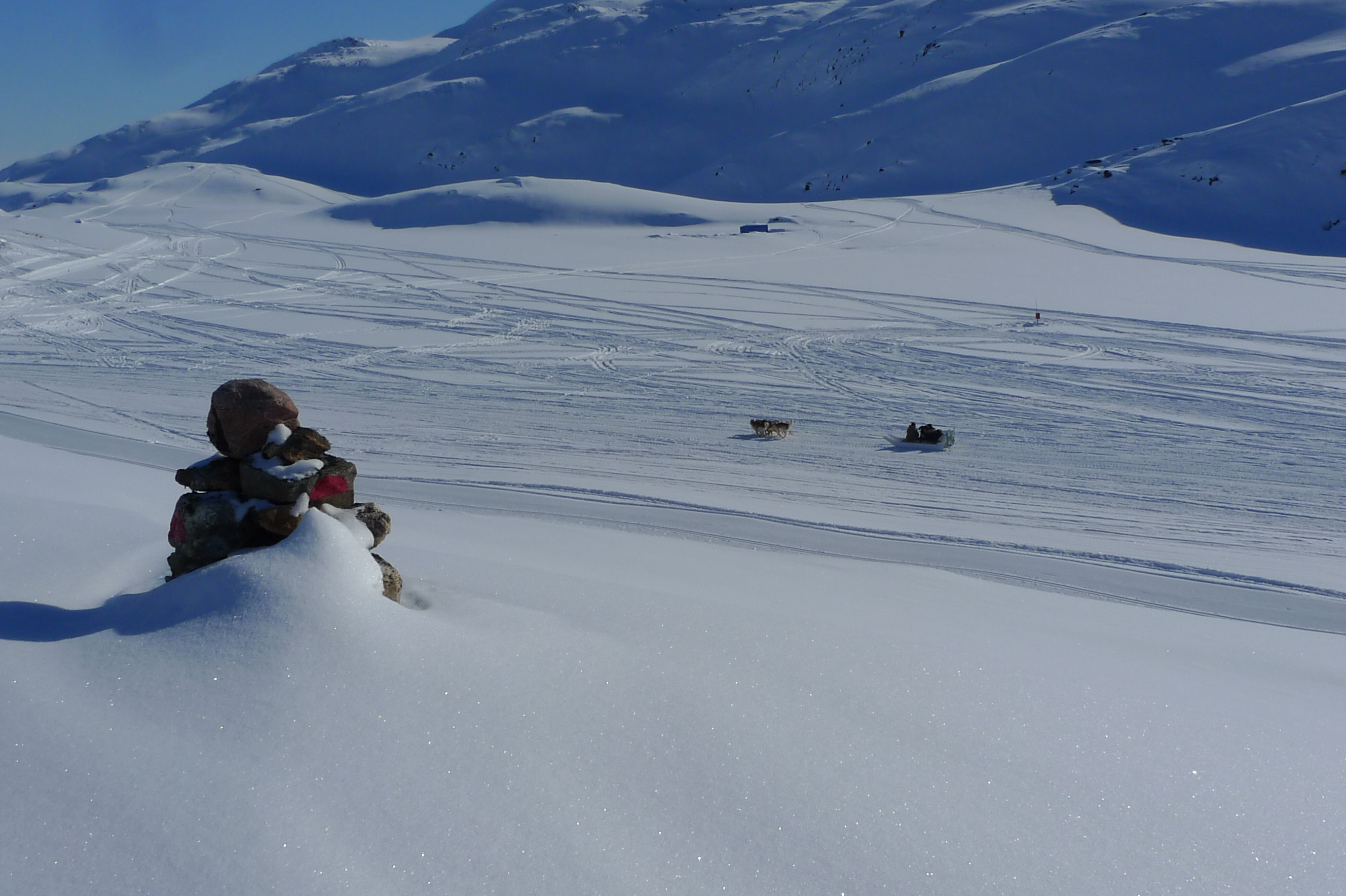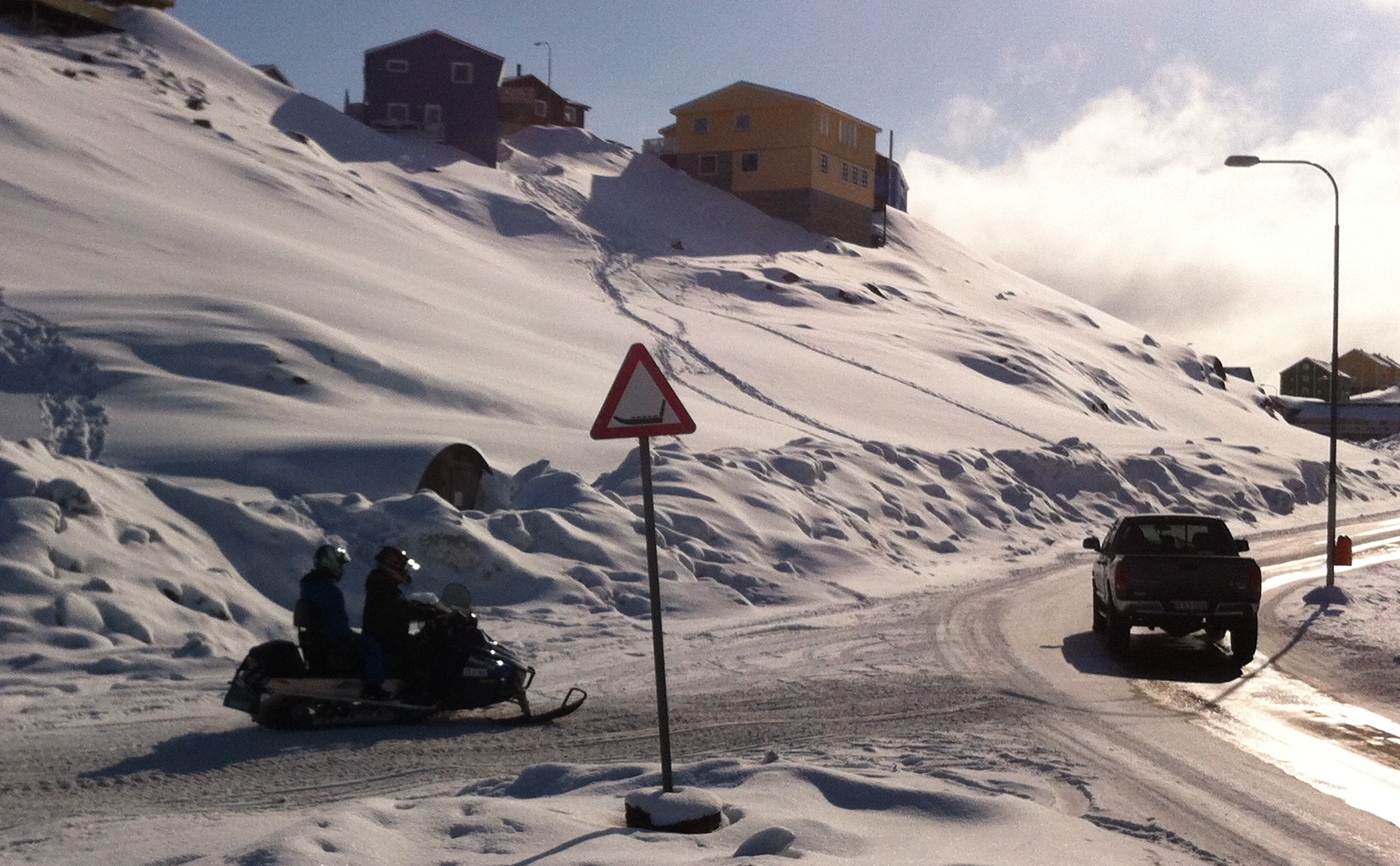Greenland mushers’ group orders a canine quarantine to prevent spread of outside genes
Greenland's sled dog owners hope the national assembly will foot the bill for DNA testing to establish the dogs’ pedigrees.

As part of Greenland’s cultural heritage, the country’s population of sled dogs is fiercely protected and closely monitored in order to protect their health and the purity of their genetic lines.
Indeed, the Greenlandic sled dog has been deemed significant enough to the country’s development that efforts are underway for it to be recognized by the UN as part of its cultural heritage program.
But while Greenland’s 15,000 sled dogs are the largest population of sled dogs in the Arctic, even there they are under threat; their numbers are estimated to have fallen by half in the past two decades, due to an increased reliance on snowmobiles and shorter winters, according to Qimmeq, a project being carried out by university researchers in Denmark and Greenland.
Interbreeding, the researchers say, is also a threat, since it could lead to a loss of some of the traits the breed has developed in response to its environment, while also ending 4,000 years genetic isolation. That means keeping other dogs out of areas in Greenland where sled dogs are raised.
[Greenland authorities in race to vaccinate sled dogs ahead of major competition]
Most recently, this rule led to dogs from the town of Qeqertarsuaq and the nearby settlement of Kangerluk being barred from taking part in sled dog races outside of the area until all dogs in the area can be DNA-tested.
The decision to bar the dogs from competitions dates back to October 2018, 10 months after KNQK, the national dogsledding association, caught wind of the possible existence of a dog with outside ancestry in Qeqertarsuaq.

After a DNA test showed that less than half the dog’s ancestry came from Greenlandic sled dog lines, the owner was sanctioned with five-year’s exclusion from sled dog racing for intentionally introducing a dog of mixed lineage to the area.
By the time the test results came in, that dog, and a surviving puppy, had already been put down, reportedly at the request of the owner, but they had apparently been brought to the area in 2017, and concern that they may have bred during the year they were in Qeqertarsuaq led to the owner being instructed to keep his dogs 100 meters away from other dogs to prevent any potential mating.
[In Greenland, a new national registry aims halt virus outbreaks in sled dogs]
Fear they may have already done so, and that unwitting owners may travel to other parts of Greenland with mixed-race dogs, has led KNQK to issue its ban.
While there is understanding about the need to take the measure, there is dissatisfaction over who should be responsible paying for the tests, so much so that it has now become a matter the national assembly, which, when it meets this winter, will ask the government to fund testing in Qeqertarsuaq.
According to the current rules, individual dog owners must ensure that their dogs are purebred. If a dog’s pedigree comes into question, it is up to veterinary authorities to make a decision. While they typically do so based on appearance, in cases in which a visual evaluation is inconclusive, they can order a DNA test at the owner’s expense.
The bill before the national assembly calls for testing just the estimated 160 or so dogs born in the year-long period after the mixed-race dog was introduced. That would cost in the neighborhood of 400,000 kroner (about $63,000). Not having to pay to test young dogs would be a burden off the shoulders of their owners, but they would still be responsible for tests of older dogs, as required by by KNQK, which would cost some 2,000 kroner (about $320) each.
[Researchers pull together to grasp a fuller picture of the Greenland sled dog]
Preventing a similar incident is, lawmakers admit, impossible. Greenland is too big, and authorities too wide spread to stop people from introducing non-Greenlandic dogs; still, a separate bill before the assembly would seek to update the current regulations, dating from 1998, to make it less likely.
The bill proposes imposing stiffer penalties and giving authorities more power to react to suspected cases of interbreeding. It also proposes the establishment of a sled dog center in Ilulissat, a major tourist destination, to make sure locals and visitors alike are aware of the importance of the sled dog to the nation.
For now, lawmakers are telling dog owners that they are the best defense against interbreeding by doing things like keeping dogs they suspect of having a mixed lineage from mingling with their own dogs until a pedigree can be ascertained and making sure authorities are aware such dogs.